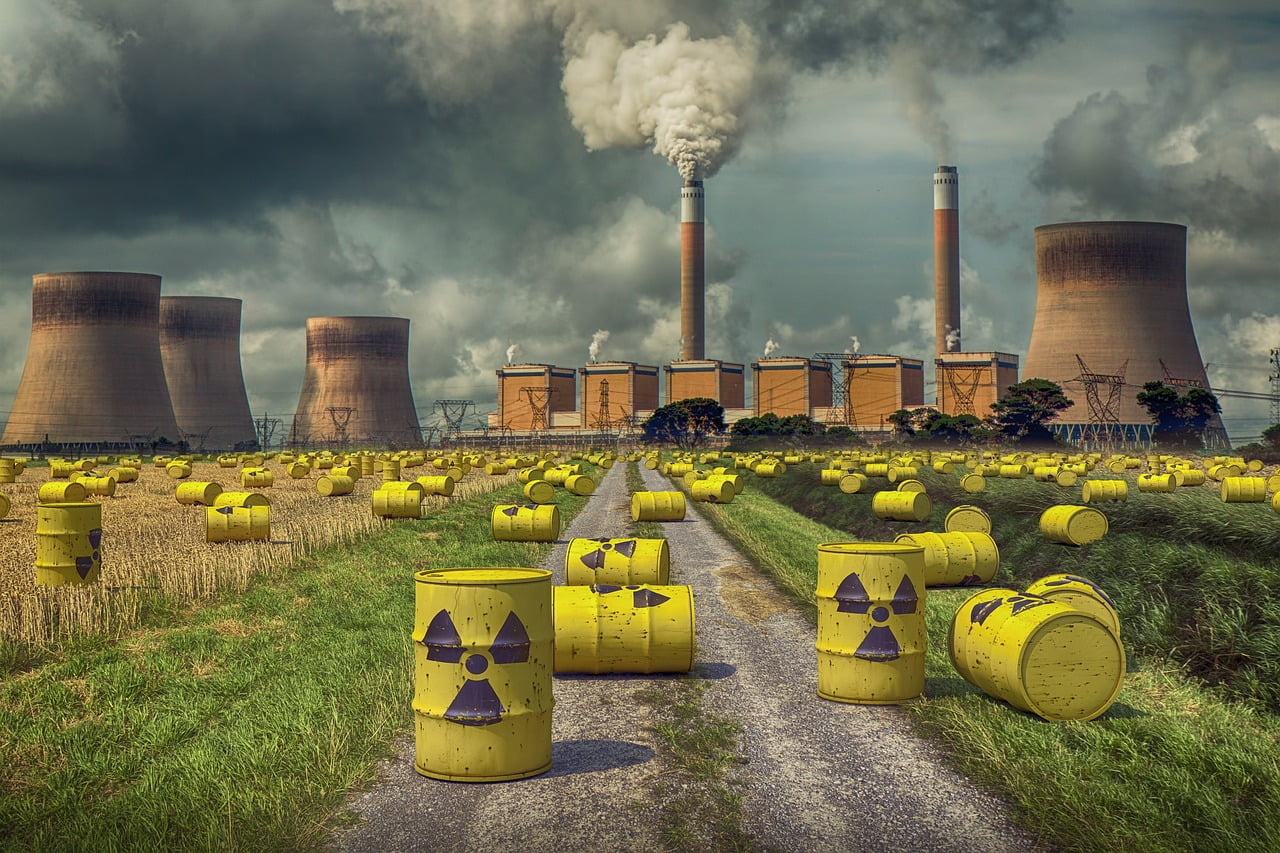While Johannesburg is known as the City of Gold, far more uranium is pulled out of the ground than gold. The general public is under the impression that gold is the only commodity being extracted when a mine is called a gold mine. Mines along the “Reef” stretch from Nigel in the east through to Klerksdorp and Orkney in the West and down to Odendaalsrust, Welkom and Virginia in the South quarry a bouquet of minerals, of which gold is only the most valuable. These minerals included silver, copper, iron, sulphate, pyrites, arsenic and uranium.
Q4 2020 hedge fund letters, conferences and more
A Treasure Chest Of Minerals
This treasure chest of minerals occurs on the Northern and Western rim of a 400km square basin used to be an inland sea. Gold, Uranium, Silver and arsenic was deposited into this sea by rivers flowing into it. The minerals became compacted along with sand and pebbles in sediment, now known as a conglomerate, eventually covered with two or three thousand meters of soil as the sea dried up.
Several million years ago, a meteor hit the country near the Free State town of Vredefort and pushed the gold-bearing rock to a 45-degree angle. This rock exposed the layers of sediment in which the minerals are contained, known as outcrops, commonly found in Nigel, Klerksdorp and Orkney.
From it, they extracted almost half of all gold mined on the planet. However, it also pulled 6 billion tons of iron pyrite and between 450 thousand and 600 tons of uranium. The rock was milled into powder form, then taken through a cyanide leaching process to extract the gold. Depending on the price and demand for uranium, it was either removed or dumped on the yellow mountains of uranium, called slimes or tailings dams, all along the South of Johannesburg's main reef road.
Post-1904 Plague Outbreak
After the outbreak of the plague in Johannesburg in 1904, the white colonial settler government decided to remove the African (Black) and Asian populations from White neighbourhoods. Thus, the slow process of relocating people to Kliptown and Lens commenced. The National Party victory in the 1948 general election and the subsequent introduction of Grand Apartheid only sped up this process.
The coloured population was relocated to neighbouring Riverlea, Newclare, Newlands, Westbury, Ennerdale and Lawley. While the Africans were forced into places like Diepkloof, Meadowlands, Dobsonville, making up the South Western Townships (SOWETO).
As a result of these forced migrations, some had places like Soweto and Riverlea spring up on significant cities' outskirts. The two townships are separated from the rest of Johannesburg by Main Reef Road and a string mine tailings dams that contain uranium, silver, copper, iron, iron pyrites and arsenic.
The highest radiation-related health risks for mineworkers, workers working in uranium processing plants and near-mine communities such as Riverlea and Soweto are related to inhaling or ingesting uranium through skin lesions. Inhalation occurs from dust caused by blasting, moving and crushing uranium-containing rock and dust from windblown tailings.
Uranium decaying into radon gas poses a severe risk of lung cancer and is the second biggest cause of lung cancer after smoking. Health risks associated with ingestion include bone and colon cancer. Ingested radionuclides can also scramble DNA codes and lead to congenital disabilities and cerebral palsy in offsprings.
The highest risk is to individuals directly exposed due to working in a uranium mine or a processing plant. However, through various environmental pathways, it may affect nearby mining communities and the general population. Protracted exposure to radon products generally represents the most significant radiation-related health risk from uranium mining and processing operations.
Radon's alpha-emitting radioactive decay products are strongly and causally associated with lung cancer. Many countries in the world have radon maps and building restrictions in areas of high radon levels. With almost 130 years of gold and uranium mining, South Africa does not have such a plan or limitations.
Communities Are Also At Risk
Workers and communities are also at risk from exposure to other radionuclides, including uranium, radium 226, bismuth 214 and lead 214 through alpha, beta or gamma emissions. Radium 226 and its decay products, bismuth 214, lead 214 present alpha and gamma radiation risks to workers and nearby mining communities.
Radiation near mining and processing plants is caused by off-site releases of radionuclides and radon decay products, including airborne thorium 239 and radium 226 in water supplies. This risk is increased by poorly maintained slimes/tailings waste sites and uncontrolled releases due to extreme events such as floods, tsunamis, earthquakes and fires, or human error.
The wet tailings plume resulting from water seepage around the tailings and the downhill location of Soweto relative to the tailings causes damp in the walls of many homes in Riverlea, Diepkloof, Meadowlands, Braam Fischerville, Thulani and Dobsonville. These wet walls often built with cement mixed with tailings sand, causes uranium to decay into radon gas.
The population density of these communities significantly increases the potential for adverse health effects.













